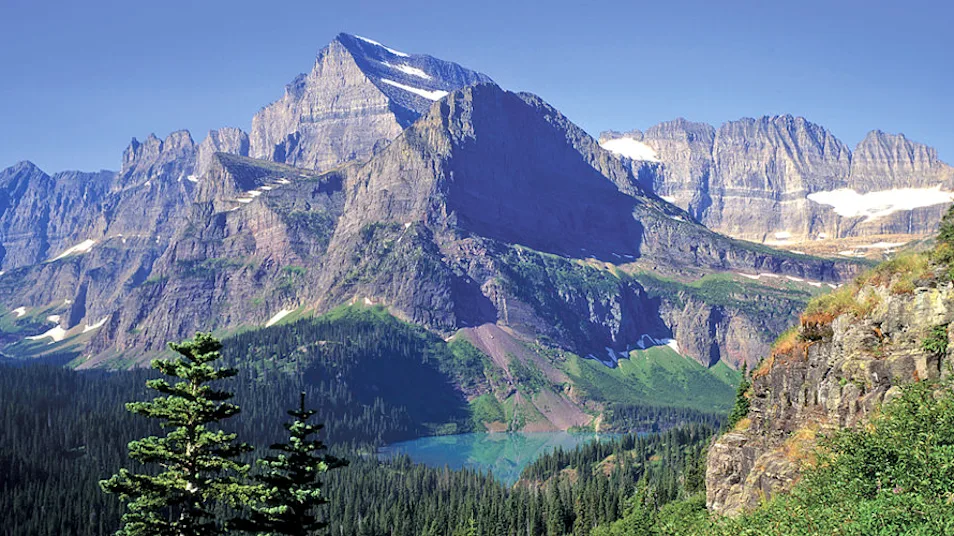
Know Before You Go


Mountain Goat Facts | Canadian Rockies Wildlife Guide
The mountain goat (Oreamnos americanus) is the only North American representative of a group of mountain ungulates known as Rupicaprinae, or “rock goats.” Contrary to this nomenclature—they are not goats at all! As members of the bovidae family, these athletic alpinists are actually related to antelope and cattle.
Mountain goats thrive in the high-altitude environments of North America’s western mountain ranges. Their hooves are adapted to traverse precipitous peaks in Alaska, the United States’ Rocky Mountains and the Canadian Rockies. A sharp outer rim grips, while a rubbery sole provides traction on both steep and slippery surfaces. Avalanches and rockslides pose the greatest threat to mountain goats, accounting for many more deaths than predation. Carnivores like the mountain lion may attack a goat as it descends into a valley, but the goat’s sharp hooves make it a formidable catch. Golden eagles have also been observed intimidating a kid at the edge of a cliff—forcing it to fall to its demise.
The North American continent is home to a mix of native and introduced herds, though their ecological significance is contested. While some populations have increased in size and geographic range, there are other populations in decline as a result of logging, vehicle collisions and fluctuations in available forage. Mountain goats did not appear in scientific literature until 1816 and they remain one of the least-studied large mammals in North America. Continued field studies are integral to understanding the effects of climate change and anthropogenic activity on this species.
See Mountain Goats on These National Park Adventures

Glacier & Waterton: An International Treasure
Sheer-walled peaks, icy lakes, alpine valleys, summer wildflowers and magnificent wildlife! Discover all the wonders on both sides of the border with naturalist guides who know this land intimately.































